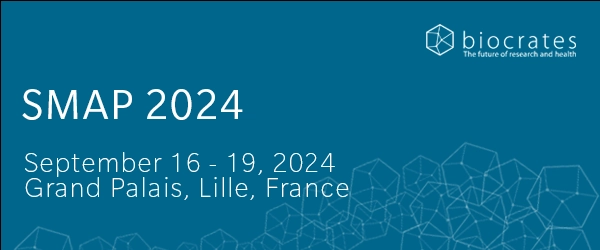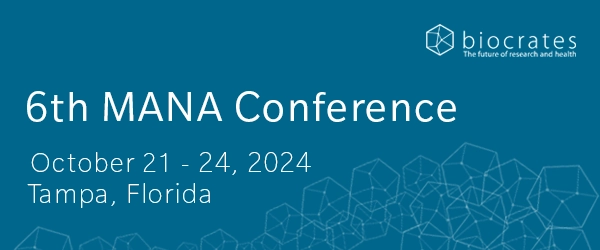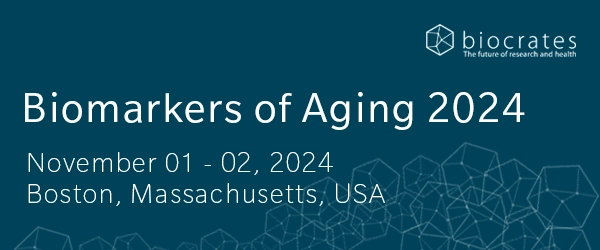In our recent white paper, “Chronic diseases have a common origin”, we argue that many chronic diseases share key components in their pathophysiology. Notably, non-alcoholic fatty liver disease (NAFLD) is not only prevalent in many of those diseases, but also contributes to their development. This suggests that treating NAFLD could be an effective chemopreventive strategy for those diseases.
NAFLD, characterized by a build-up of fat in the liver. It is generally considered a fairly benign disorder with little impact on health outcomes or quality of life in the short term. However, it is clearly associated with type 2 diabetes and other common cardiometabolic diseases. There is also a well-established epidemiological and pathophysiological link between obesity and type 2 diabetes, and several cancers and neurodegenerative diseases. This suggests a plausible pathophysiological link between NAFLD and those conditions.
As a key metabolic organ, it’s reasonable to hypothesize that the liver could affect metabolic pathophysiology in other organs. However, with the exception of steatosis-related hepatocellular carcinoma, the evidence is not conclusive. This may be because NAFLD is generally underdiagnosed and defined inconsistently between studies. To address this, some argue for the renaming and reclassification of fatty liver diseases, using the term metabolism-associated fatty liver disease (MAFLD) to describe fatty liver disease caused by and accompanied by metabolic dysfunction. In this post, we’ll stick to the term NAFLD.
If we accept that many chronic diseases are preceded by years or even decades of fatty liver pathophysiology, it makes sense to consider whether preventing or treating NAFLD could help prevent chronic diseases.
Nutrition, lifestyle interventions and NAFLD
Today, the main strategies to prevent and treat NAFLD include weight loss, nutrition and exercise. These interventions address the major components of early NAFLD pathophysiology. While the Mediterranean diet is generally recommended, personalized nutrition and lifestyle recommendations are still a matter of debate. Although no specific intervention has been approved for therapeutic purposes, there is growing interest in the role of the microbiome as a potential avenue to determine personalized nutrition recommendations (Hrncir et al., 2021; Koning et al., 2023).
As the white paper, “Chronic diseases have a common origin”, describes at length, many chronic diseases are believed to be endpoints of early metabolic diseases driven by metabolic changes that occur due to a “Western” lifestyle. This typical Western lifestyle is characterized by energy-dense and fiber-deficient diets and a sedentary lifestyle, that together cause changes in the gut microbiome. Early interventions based on nutrition, lifestyle and microbiome could reverse disease progression and reduce the risk of chronic diseases by increasing the availability of chemopreventive substances and reducing the availability of disease-promoting substances.
Pharmacological interventions to prevent and treat NAFLD
Currently, there is no pharmacological treatment for NAFLD once it is established. However, there are a few compounds in clinical development. Many of these are closely related to metabolism. For example:
• Phase III clinical trials are underway for peroxisome proliferator-activated receptor (PPAR) agonists such as Pioglitazone, glucagon-like peptide-1 (GLP-1) agonists, and the farnesoid X receptor (FXR) receptor agonist obeticholic acid;
• Phase II clinical studies are in progress for fibroblast growth factors (FGF) 19/21, fatty acid synthase (FASN) inhibitors, and diacylglycerol acyltransferase (DGAT) inhibitors, which are related to the same metabolic pathways, are in phase II clinical development.
These highlight the importance of fatty acids and lipids, metabolites related to insulin resistance and bile acids. A review on novel targets has recently been published by Parlati et al. (2021).
Besides these promising developments for NAFLD, several therapies that target metabolism might help reduce the risk for NAFLD and its long-term effects. Lange et al. (2021) discuss metabolism-related therapies such as metformin and aspirin as means of chemoprevention for NAFLD, along with the aforementioned interventions.
Prevention of NAFLD and the risk for other chronic diseases
The future of NAFLD therapy very likely lies in combination therapies. Given that other chronic diseases also have complex pathophysiology, intervening in multiple pathways is probably key to make the chemoprevention of complex diseases through NAFLD treatment a viable approach.
When considering chemoprevention for late-onset chronic diseases, concerns revolve around the safety and effectiveness of interventions. The central question is whether it makes sense to subject patients to potential risks and incur costs to prevent diseases that might never have occurred without interventions. We simply don’t have the means to determine whether an individual is likely to develop a specific disease decades into the future.
If we embrace the premise of the white paper – that multiple chronic diseases share a common origin – it changes how we view the risks and benefits of chemoprevention strategies. The risks of long-term intervention remain unchanged, but the potential rewards increase because they not only reduce the risk of a single chronic disease (e.g. Alzheimer’s disease), but also mitigate the risk of a whole range of age-related diseases.
Of course, this approach only works if we target shared elements those chronic diseases, such as the metabolic pathways and interventions discussed above. In fact, all the interventions mentioned are being investigated for their potential to improve outcomes in indications beyond liver disease. The interest in metabolic targets for diverse chronic diseases supports the hypothesis that tackling NAFLD as an early sign of metabolic disease can help curb the growing burden of aging-related chronic conditions in many societies.
Even without targeting any other specific disease, it’s clear that diagnosing and personalizing treatment of NAFLD based on its underlying pathophysiology could greatly reduce the burden of chronic disease more generally. Simply treating any chronic condition would be a major achievement with far-reaching effects.
Read our white paper, “Complex diseases have a common origin”, for a closer look at the shared pathophysiology of chronic diseases.
References
Hrncir et al.: Gut Microbiota and NAFLD: Pathogenetic Mechanisms, Microbiota Signatures, and Therapeutic Interventions (2021) Microorganisms | https://doi.org/10.3390/microorganisms9050957
Koning et al.: Targeting nonalcoholic fatty liver disease via gut microbiome-centered therapies (2023) Gut Microbes | https://doi.org/10.1080/19490976.2023.2226922
Parlati et al.: New targets for NAFLD (2021) Innovation in Hepatology | https://doi.org/10.1016/j.jhepr.2021.100346
Lange et al.: Prevention of NAFLD-associated HCC: Role of lifestyle and chemoprevention (2021) Journal of Hepatology | https://doi.org/10.1016/j.jhep.2021.07.025







